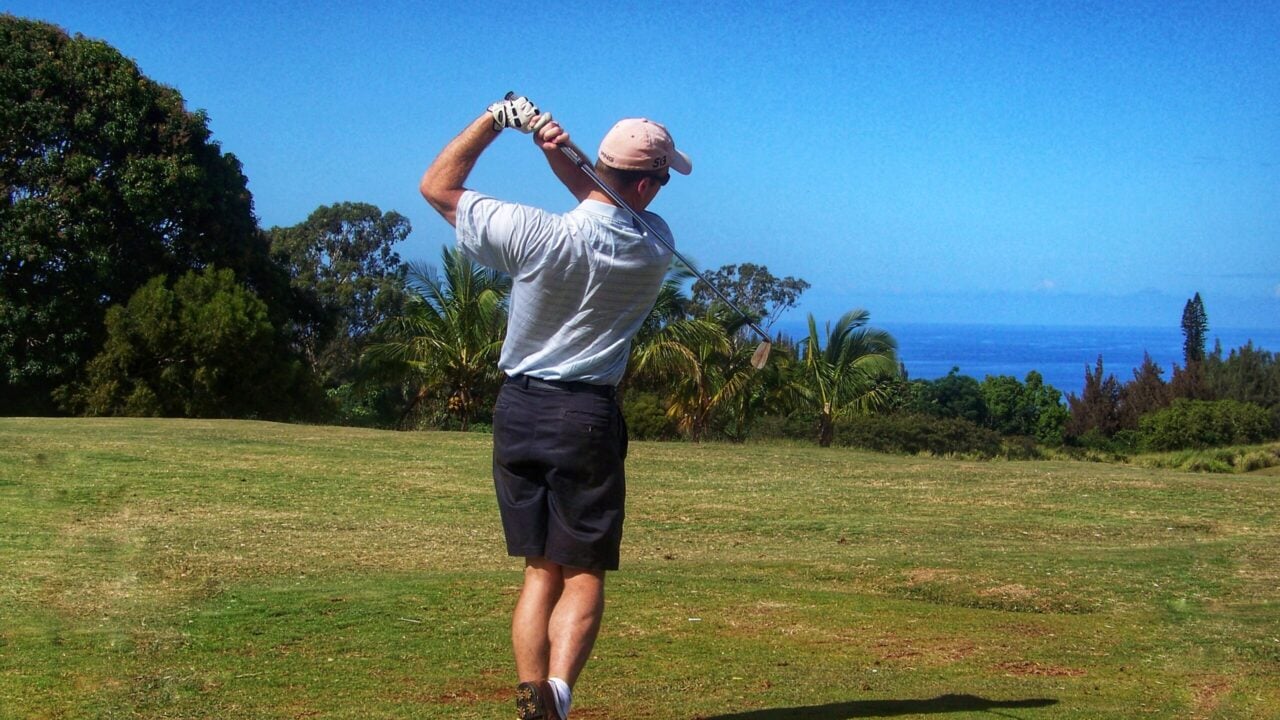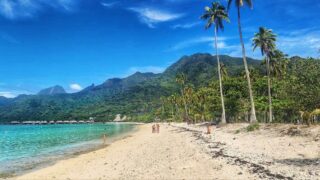It’s the new math of Hawaii travel: what cost $500 just a few years ago now costs $1,000, and travelers are doing their own calculations. Ken, who has visited the islands every year for fifteen years, reran the numbers before booking his next trip. The totals shocked him. The hotel he once loved had doubled, golf was twice the price, and flights no longer felt like a deal.
Across message boards, flight searches, and our own comment threads, the same refrain keeps surfacing. What’s new isn’t that Hawaii is expensive; it’s that the price curve finally bent faster than loyalty.
The $1,000 threshold.
Alfred, another longtime traveler, said, “A thousand dollars is the new five hundred.” He wasn’t exaggerating. The Hawaii trip that used to cost $3,000 for two people now comes in closer to $6,000.
Hotel rates that averaged $280 statewide a few years ago are now over $420. In major visitor corridors like Wailea, Poipu, and Waikiki, approaching $1,000 a night has quietly become the starting point, not the splurge.
Airfare tells the same story. The once-common $300 to $500 round-trip from the West Coast has doubled. Families used to make Hawaii their every-summer tradition, but now they are stretching visits to every few years, trimming nights, or skipping visits altogether.
What the numbers hide.
That $420 statewide average, reported by Hawaii’s Department of Business, Economic Development and Tourism, sounds tolerable until you factor in everything that sits on top of it. Add parking, resort fees, nearly 20% taxes, and food, and the real nightly cost can easily double. Even a mid-range Hawaii vacation can now cross $6,000 once flights and meals are added.
Activities have climbed in step. The luau that once cost about $100 per person now runs closer to $200. Golf greens that were $150 are $300. And rental cars that used to be a $50-a-day line item can now rival airfare. The result is not just higher bills, but a quiet recalibration of what “a Hawaii trip” means, and what travelers expect in return.
The emotional math.
For travelers like Ken, the question isn’t whether Hawaii is too expensive; it’s what that price now buys. A trip that once felt effortless has become a series of tradeoffs. Do you cut a night, skip the car, pick a smaller room, or look somewhere new altogether?
That’s the new psychology of Hawaii travel. People still want to come, but they’re approaching it like an equation, balancing cost, comfort, and experience. The emotion hasn’t disappeared; it’s just being measured differently.
Hawaii is not out of reach, but it might be out of heart.
That line captures a shift more subtle than numbers can show. Visitors are still coming, flights are full, and hotels are busy, but the relationship is different. The longtime guests who used to plan their next trip before leaving are now pausing, comparing, and sometimes making new choices.
It’s not rejection, it’s recalibration. The habit of returning every year is giving way to a new kind of decision-making visitor, one driven less by tradition and emotion, and more by value. Hawaii hasn’t lost its appeal, but it is learning what happens when affection starts competing with math.
Finding the value again.
- Cost is relative, and the truth is that value still exists for travelers who plan with intention.
- Ditching the rental car in Honolulu and using TheBus can save hundreds of dollars.
- Golf doesn’t have to mean resort pricing: Ala Wai charges about $86 for nonresidents, and Kauai’s Kukuiolono course asks only $15 for daily green fees.
- Farmers’ markets can replace a few restaurant meals while offering local color you can’t find at a resort buffet.
- Even among hotels, deals still surface below the statewide nightly average if you look beyond the big brands and stay flexible with dates.
Hawaii hasn’t stopped rewarding travelers; it’s just asking them to travel smarter.
Where have you still found good value in Hawaii travel?
Photo Credit: Beat of Hawaii at Kukuiolono Golf Course on Kauai.
Get Breaking Hawaii Travel News







We started using The Bus on Oahu a couple of years ago. We have a Hilton timeshare. Not dealing with a rental car and parking has been wonderful. Bought Holo cards at 7-11, using them for the 3rd year at Christmas. Loading money for fares onto the card is easy from my cell phone.
We’re in Maui right now. A snippet from the menu at Royal Lahaina last night-
Truffle-Garlic Fries
$20.00
White Truffle Powder, Parmesan, Garlic
You read that right, $20.00 for French fries at The Royal Lahaina.
I fairness, the same fries at Roy’s are ONLY $11.00, and they were excellent.
Aloha!
Anytime I have asked or inquired about a deal, value, as far as dining, locals seem to give the “cheap tourist look” as it’s an insult and respond in telling me to just pay full price. Then they remind me to show respect and tip generously. Every time you might have a coupon or discount voucher a common response is they state that it was the previous owners coupon not theirs. IMO it seems like a bait and switch game in luring customers to their location first so the competitors are never visited. You then quickly learn that coupons or deals don’t exist and the embarrassment, trouble isn’t worth the time. The deals or alternatives are never around the high traffic tourist locations.
And then there is the exchange rate for Canadian visitors, costing us $1.43 CAD/$1 USD. I am wondering if the Canadian numbers visiting HI are down significantly?
I emailed one Maui charter sailing company asking for a discount on a sunset cruise for our party of three, a birthday treat. Given that we don’t drink, I thought maybe it would be feasible. Unfortunately, they aren’t in a position to offer any discounts. So the sunset cruise will be another sunset from the beach or the rooftop patio at the condo. That’s okay.
I priced a 2 week, all inclusive, direct flight, very nice upscale resort in Dominican Republic and it equalled the cost of our OGG flights and two week condo rental. Our other Maui vacation costs would be about $4000 extra. DR might be a well priced alternative for a future trip.
I hate to tell you this but a lot of the sunset cruises now charge for alcohol. Maybe you get one drink included. Nothing is what it used to be sadly.
The particular sunset cruise that I had looked at included unlimited drinks; it was advertised as appies and alcoholic beverages. I guess that other companies are mitigating their costs by charging for “adult beverages” or limiting to one.
Regardless, unfortunately the costs just keep rising.
Timeshare owners are the ones who’ll keep going back. With $300/month maintenance fees, a two eeek stay more than makes up for what they would have paid otherwise. Hope it’s a short term issue and not something that lasts in perpetuity, but things historically being cyclical in almost everything else, I’m guessing this, too, shall pass.
Well on Oahu (my Island) an Airbnb located in a true resort zone like Waikiki, Turtle Bay, or Ko Olina offers alternative options.
You can rent a two or three bedroom condominium and then split the cost between two families or have a wonderful multigenerational family trip together.
You’ll also save cost as you’ll be able to make meals in your home away from home. Even a simple breakfast saves a ton of money. Hotel breakfasts will run $40 per person. Of course you can always run to McDonald’s for a good Hawaiian breakfast with some Portuguese sausage, rice, and scrambled eggs.
But when the kids wake up in the morning, they want to eat right then and there. The condo is perfect. Saves money, and it’s convenient.